|
|














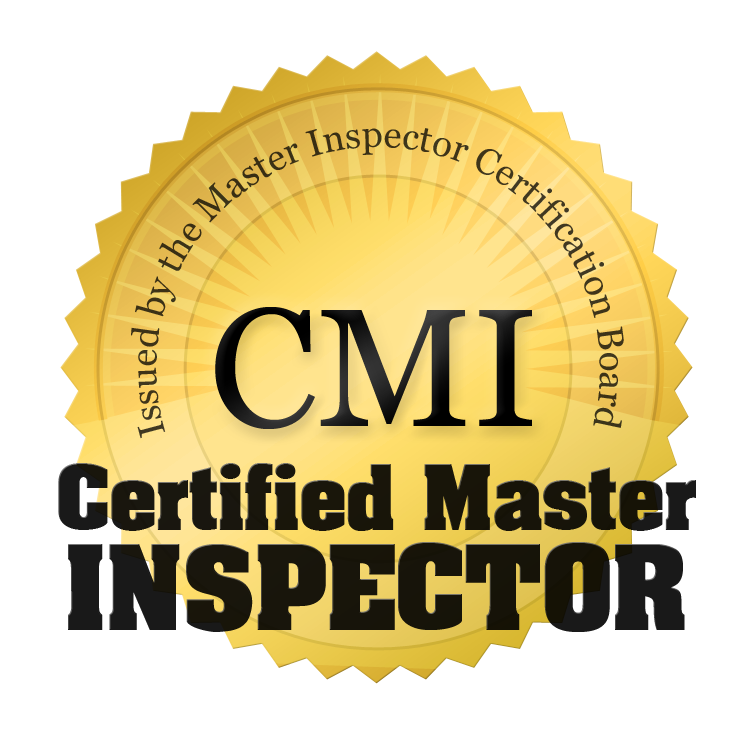
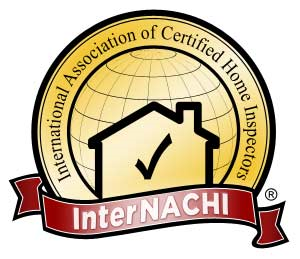







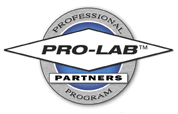



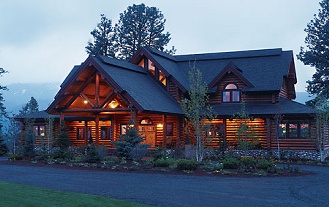
Log Home Additions to the SOP
Log Wall Exterior
- the presence of mold, mildew or fungus
- cracks located at tops of logs and facing up
- discoloration,graying, bleaching or staining of logs
- loose or missing caulking
- separation of joints
- the condition of chinking, to include cracking, tears, holes or separation of log courses
- and the condition of log ends.
Other Exterior Concerns
- downspout extensions;
- grading and water flow away from log walls;and
- vertical support posts under and on all porches.
Log Wall Interior
- separation between logs, including light or air penetration from outdoors;
- separation between exterior log wall and interior partition walls; and
- separation between log walls and interior ceilings.
Other Interior Concerns
- slip joints, adjustable sleeves, looped water supply lines, flexible hose sections, and flexible ductwork that are visible as part of the standard heating and plumbing inspections.
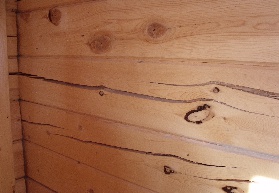

TRIPLE M LLC
Quick Links
LOG HOME INSPECTIONS
The inspection will take 2 to 3 hours, at the end of
which you will be given a verbal summary, Followed
by a bound detailed narrative inspection report, a CD
with an electronic copy of your inspection report plus
the Home Owners Manual book, in two to three
business days.
We will also e-mail you and your agent an electronic copy of your inspection report generally the next business day.
We will also e-mail you and your agent an electronic copy of your inspection report generally the next business day.
Inspection Summary
COMPLIANCE WITH ENGINEERING OR
MANUFACTURER’S SPECIFICATIONS
Because there exists a multitude of log home builders
offering both manufactured and handcrafted homes,
each using a method often of their own choosing and
invention and often requiring that the contractor
building or assembling the home adhere to a similar
multitude of proprietary engineering specifications,
the adherence to most of which cannot be confirmed
without disassembly of the relevant home omponent,
inspecting for compliance with any Manufacturer’s
Building or Engineer's Specifications lies beyond the
scope of the General Home Inspection or Log Home
Inspection. This includes any systems or components
designed to accommodate or adjust for continual
settling of logs in log walls.
Benefits of a Home Inspection
1. Provides the buyer with an understanding of the
house's condition.
2. May help to uncover items that the seller was not even aware of.
3. Allows buyer to more realistically approach the purchase.
4. Helps to budget for repairs and maintenance.
5. Educates first time, and even seasoned buyers, about houses, their systems and components and the proper "care and feeding" of a home
2. May help to uncover items that the seller was not even aware of.
3. Allows buyer to more realistically approach the purchase.
4. Helps to budget for repairs and maintenance.
5. Educates first time, and even seasoned buyers, about houses, their systems and components and the proper "care and feeding" of a home
Why Inspect a Log Home?
With so many different methods being used to build
log homes and so many specific to log home condition
issues that can arise from the non standardized
construction methods it is imperative you have a log home inspection completed before purchasing any log home. With any custom or non standard construction an inspection is exceptionally important; with custom log home construction a log home inspection is the due diligence a buyer must perform.
construction methods it is imperative you have a log home inspection completed before purchasing any log home. With any custom or non standard construction an inspection is exceptionally important; with custom log home construction a log home inspection is the due diligence a buyer must perform.
Log Checking or Splitting - Are Log or Beam Splits A Structural Concern on a Log House?
Checks in logs (or other large timbers) are rarely a structural concern. Log
checking, long horizontal splits in the log surfaces, will appear on both
inside and outside surfaces of log walls and may vary considerably in width
(hairline to 1/2") and length (a few inches to several feet).
CHECKING: The new visitor to any log home is invariably struck by the
cracks in the logs, sometimes stretching for several feet. Initially they
might look alarming, but these cracks, or checks, are a natural process that
occurs over the first few years when logs are still drying and reaching
equilibrium with the environment. In no way do they weaken the integrity
of your log wall.
When trees are cut down, there is naturally still some moisture left in the cells, especially when the tree is cut down live. These logs are called
"green" and will settle many inches if used right away to build a house. Some manufacturers let their logs dry naturally air dried while others
put the logs in a kiln and bake them for 30-45 days, which removes 80-85% of the moisture. However, they can't go any farther without doing
damage to the wood, so the logs dry naturally for the next few years, and this process can create checks in the wood to relieve the pressure.
However, the heartwood closest to the center of the tree is so hard that the checks will not go beyond the center of the log. As a result, you
will not see the checks go all the way through. Checks are only a cosmetic concern unless they are taking in water and therefore risking leaks
into the building interior or causing rot or inviting insect damage.
into the building interior or causing rot or inviting insect damage.
Log Home Basics
Article
External Links that open in new window